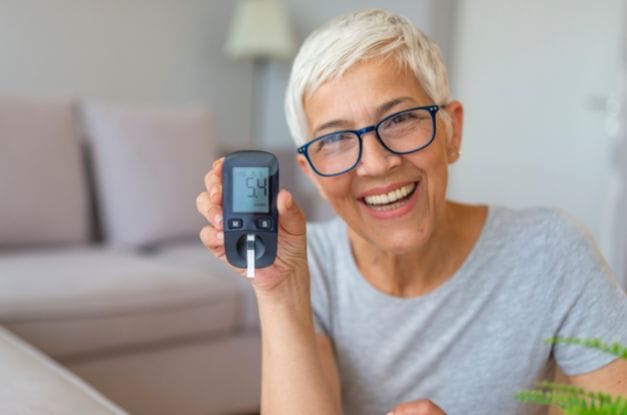As an aging adult, you may experience a range of new health challenges. One common issue is diabetes, which affects millions of people each year. If you’ve been diagnosed with type 2 diabetes, it’s important to learn how to manage your symptoms and keep your blood sugar levels under control. Here are some tips for managing diabetes symptoms as a senior that can help you stay healthy and active as you age.
Embrace a Balanced Diet
One of the most important steps for taking control of your diabetes symptoms is to be mindful of what you eat. Eating a balanced diet with plenty of fruits and vegetables can help keep your blood sugar levels steady throughout the day. Additionally, reducing or eliminating processed foods and added sugars from your diet can make a big difference in controlling your blood sugar. It’s a crucial part of preventing spikes and ensuring your feel better throughout your routine.
Keep Moving
Staying active is another important part of living with diabetes. Physical activity helps regulate your blood sugar levels and can also reduce stress, improve cardiovascular health, increase strength and flexibility, and even boost mood. Even if you don’t have time for a full workout at the gym each day, simply taking regular walks around the neighborhood or doing some light stretching at home can make a big difference. The more you can maintain your blood sugar levels and promote proper blood flow, the better off you’ll be in the long run.
Check for Wounds Regularly
Another vital tip for managing diabetes symptoms as a senior is to keep an eye out for wounds. People with diabetes experience poor circulation, nerve damage, and weakened immune systems that make them more likely to develop foot ulcers and sores. When checking yourself for wounds, inspect your feet and legs especially. Make sure to look for any cuts, bruises, redness, blisters, or other signs of irritation that may indicate a wound. If you suspect you have a wound or an infection on your feet or legs, contact your doctor right away to get the necessary treatment before it worsens.
Monitor Your Blood Sugar Levels
Finally, make sure you stock up on essential diabetes supplies and regularly monitor your blood sugar levels at home. This means checking your glucose levels first thing in the morning before eating breakfast and immediately after meals throughout the day. Keeping track of your blood sugar will provide valuable insight into how different foods affect your body so that you can make necessary dietary changes. Having the right equipment on hand will also be essential to responding to sudden blood sugar spikes and minimizing discomfort.
Managing type 2 diabetes as a senior doesn’t have to be difficult or overwhelming—it just takes consistency and dedication! With these tips and tricks in mind, you’ll be able to confidently take control of your health as you age.






